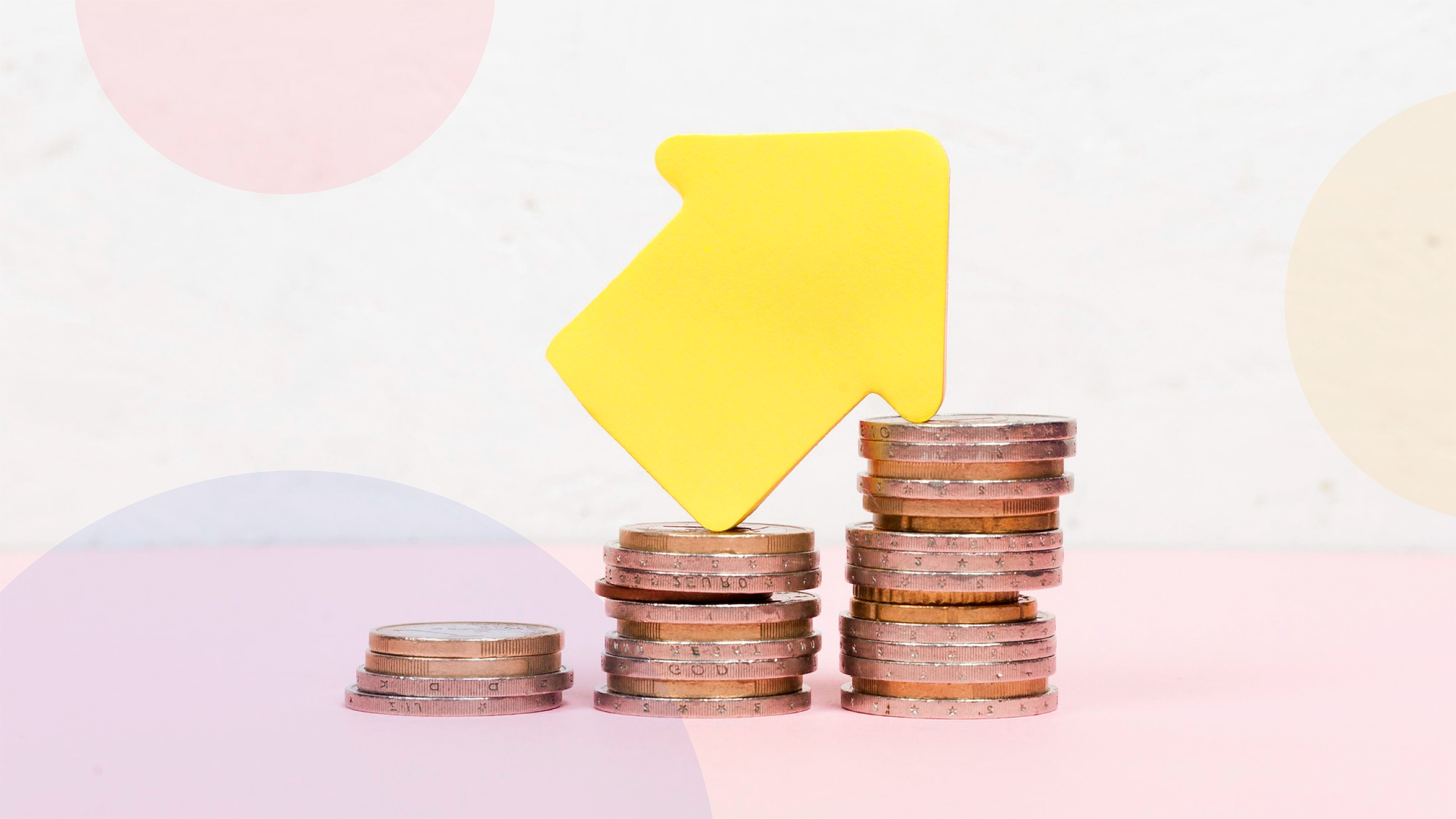This formula divides the total dividends paid by a company by the total number of shares outstanding. It helps investors and analysts assess how much in dividends is allocated per individual share of a company.
To compute the total dividends paid, financial reports such as the income statement or cash flow statement of the company can be utilized. The total number of shares outstanding is usually disclosed in financial reports or available on financial platforms.
Table of Contents
What Is Dividend Yield And How To Calculate It?
Dividend yield is a financial ratio that measures the annual dividend income generated by an investment relative to its market price. It is expressed as a percentage and provides insight into the return an investor receives in the form of dividends in relation to the current market price of the investment.
Here’s a breakdown of the components:
- Annual Dividends per Share: This refers to the total annual dividends paid out by the company per share.
- Stock Price: The current market price of the stock.
To calculate the dividend yield, divide the annual dividends per share by the stock price and then multiply the result by 100 to convert it into a percentage.
For example, if a stock pays an annual dividend of $2 per share and its current market price is $50 per share, the dividend yield would be:
This means that for every dollar invested in the stock at its current price, the investor can expect a return of 4 cents annually in the form of dividends.
How To Calculate Dividends Paid
Total Dividends Paid=Dividend per Share×Total Number of Shares Outstanding
Total Dividends Paid=Dividend per Share×Total Number of Shares Outstanding
Here’s a step-by-step explanation of the components:
- Dividend per Share: This represents the amount of money paid to shareholders for each outstanding share. This information is typically disclosed in the company’s financial statements or announcements.
- Total Number of Shares Outstanding: This refers to the total number of shares issued by the company and held by shareholders. This information is available in the company’s financial reports or can be obtained from financial databases.
Once you have the dividend per share and the total number of shares outstanding, multiply these two values to calculate the total dividends paid by the company.
For example, if a company pays a dividend of $1.50 per share and has 10 million shares outstanding:
Total Dividends Paid=$1.50×10,000,000
Total Dividends Paid=$15,000,000
This means that the company has paid a total of $15 million in dividends to its shareholders during that specific period.
How To Calculate Dividends Paid Using Net Income And Retained Earnings
Dividends Paid=Net Income−Change in Retained Earnings
Dividends Paid=Net Income−Change in Retained Earnings
Here’s a breakdown of the components:
- Net Income: This is the total profit of a company after deducting all expenses, taxes, and interest from its total revenue for a specific period. It can be found in the income statement of the company’s financial reports.
- Change in Retained Earnings: Retained earnings represent the accumulated profits of a company that have not been distributed to shareholders in the form of dividends. The change in retained earnings from one period to another can be calculated by subtracting the retained earnings at the beginning of the period from the retained earnings at the end of the period. This information is available in the statement of retained earnings or the balance sheet of the company’s financial reports.
By subtracting the change in retained earnings from the net income, you can determine the dividends paid during the period.
For instance, if a company reported a net income of $10 million and its retained earnings increased by $3 million during the period:
Dividends Paid=$10,000,000−$3,000,000
Dividends Paid=$7,000,000
This indicates that the company paid $7 million in dividends to its shareholders during that specific period after considering the change in retained earnings.
What Is A Dividend Payout Ratio And How To Calculate It?
The dividend payout ratio is a financial metric that measures the proportion of a company’s earnings that are distributed to shareholders in the form of dividends. It indicates what percentage of profits a company pays out to its shareholders as dividends, relative to the total earnings retained by the company for reinvestment or other uses.
Here’s an explanation of the components:
- Dividends per Share: This is the total dividends paid by the company to its shareholders divided by the total number of outstanding shares.
- Earnings per Share (EPS): It represents the net income of the company divided by the total number of outstanding shares. It is a measure of a company’s profitability on a per-share basis and can be found in the company’s income statement.
To compute the dividend payout ratio, divide the dividends per share by the earnings per share and express the result as a percentage.
For example, if a company pays dividends of $2 per share and has earnings per share of $4:
This means that the company is distributing 50% of its earnings as dividends to shareholders, while the remaining 50% is retained by the company for other purposes such as reinvestment, expansion, or debt repayment.
Calculating Dividends Per Share
Here’s a breakdown of the components:
- Total Dividends Paid: This refers to the total amount of dividends distributed by the company to its shareholders during a specific period. You can find this information in the company’s financial statements or announcements.
- Total Number of Shares Outstanding: This represents the total number of shares issued by the company and held by shareholders. This information is available in the company’s financial reports or can be obtained from financial databases.
Once you have the total dividends paid and the total number of shares outstanding, you can divide the total dividends paid by the total number of shares outstanding to compute the dividends per share.
For example, if a company paid total dividends of $10 million and has 5 million shares outstanding:
What Are Preferred Dividends And How To Calculate Them?
Preferred dividends are dividends paid to holders of preferred stock before any dividends are paid to common stockholders. Preferred dividends are a fixed amount or a predetermined percentage of the par value of the preferred stock, which is typically stated when the preferred shares are issued.
Calculating preferred dividends involves multiplying the dividend rate per share by the total number of preferred shares outstanding.
Preferred Dividends=Dividend Rate per Share×Total Number of Preferred Shares Outstanding
Preferred Dividends=Dividend Rate per Share×Total Number of Preferred Shares Outstanding
Here’s a breakdown of the components:
- Dividend Rate per Share: This is the fixed dividend amount that is specified for each share of preferred stock. It can be a stated dollar amount (e.g., $5 per share) or a percentage of the par value of the stock (e.g., 5% of par value).
- Total Number of Preferred Shares Outstanding: This represents the total quantity of preferred shares issued by the company.
For example, if a company has issued 10,000 preferred shares with a dividend rate of $2 per share:
Preferred Dividends=$2×10,000
Preferred Dividends=$20,000
Resume
In the current era of advanced AI-driven stock-picking services, it’s still valuable to manually compute dividends occasionally. This practice grants investors deeper insights into how companies operate, their successes, challenges, stock market influence, and the rewards they offer loyal shareholders.
We’ve explored various formulas that enhance comprehension of dividend payouts. Through straightforward calculations, investors grasp the fundamental concept: dividends serve as a financial instrument. Shareholders appreciate receiving regular cash dividends, while companies utilize them to attract investors. Finding the optimal balance between dividend income and growth lies at the heart of your dividend strategy. Now, take the time to compute your dividends and maximize your returns.







